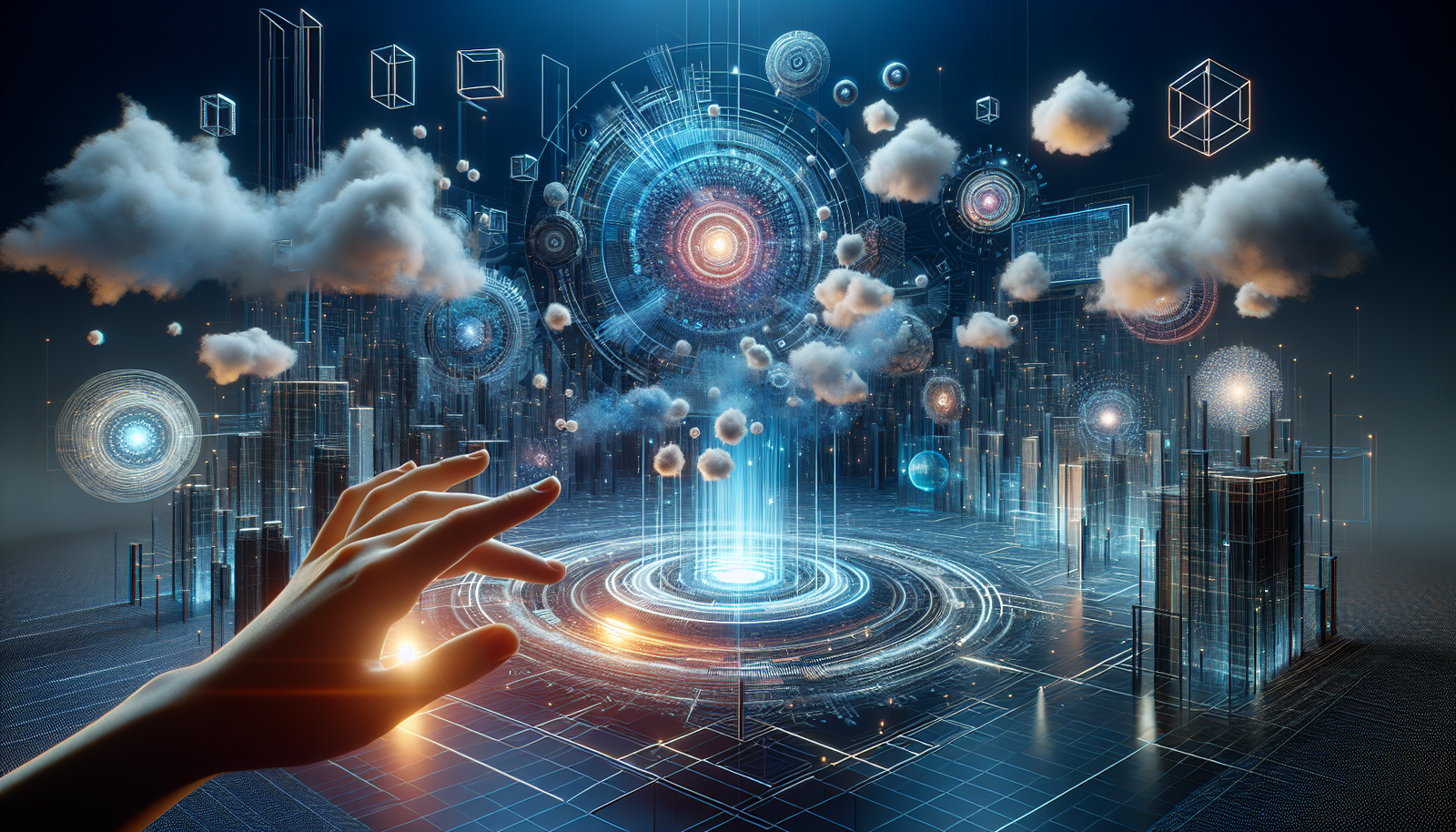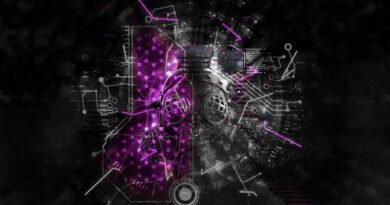Virtual Reality Set Design
Have you ever wondered what goes into creating a virtual reality set? From Microbial Art Restoration to Luxury Chicken Coops, there seems to be a specialized skill set for almost anything you can imagine. But Virtual Reality Set Design takes creativity and innovation to a whole new level. In this article, we will explore the world of Virtual Reality Set Design and discover the intricate process behind bringing virtual worlds to life. Get ready to step into a digital realm where imagination knows no bounds.

Overview of Virtual Reality Set Design
Virtual Reality (VR) has revolutionized the way we experience and interact with digital content. It offers an immersive and realistic experience that transports users to virtual worlds. One essential aspect of VR is set design, which involves the creation of virtual environments that enhance the user’s sense of immersion and presence.
In virtual reality, set design refers to the process of designing and building the digital environments that users will explore and interact with. These environments can range from fantastical landscapes to realistic recreations of real-world locations. The goal of set design in VR is to create an environment that not only looks visually appealing but also feels believable and engaging to the user.
Understanding Virtual Reality (VR)
Before diving into the intricacies of virtual reality set design, it’s important to understand the basics of VR technology. VR is a simulated experience that can be similar to or completely different from the real world. It typically involves the use of a VR headset or goggles that immerse the user in a digitally created environment.
Virtual reality relies on a combination of computer-generated images, sound, and sometimes even haptic feedback to create a multisensory experience. The user’s movements and actions are tracked, allowing them to explore and interact with the virtual world in a way that feels natural and immersive.
What is Set Design in VR?
Set design in virtual reality refers to the process of creating and designing the digital environments that users will experience. This involves everything from the layout and spatial design of the virtual space to the lighting, sound, and overall atmosphere.
Unlike traditional set design for film or theater, VR set design is not constrained by physical limitations. In VR, designers have the freedom to create environments that defy the laws of physics and push the boundaries of reality. This opens up endless possibilities for creativity and innovation.
Importance of Virtual Reality Set Design
Virtual reality set design plays a crucial role in enhancing the user’s overall experience in VR. A well-designed virtual environment can transport users to another world and make them feel as if they are truly present within it. This sense of presence is essential for creating a truly immersive and engaging VR experience.
In addition to enhancing immersion, virtual reality set design also helps to guide the user’s attention and create a sense of direction within the virtual space. Designers can use visual cues, lighting, and spatial layout to direct the user’s gaze and guide them through the virtual world.
Elements of Virtual Reality Set Design
Virtual reality set design encompasses various elements that work together to create a believable and immersive environment. These elements include:
Creating a Sense of Presence
One of the primary goals of virtual reality set design is to create a sense of presence – the feeling that the user is truly present within the virtual environment. This can be achieved through realistic graphics, accurate scale and proportions, and attention to detail.
Spatial Design and Layout
The spatial design and layout of a virtual environment are crucial for guiding the user’s movement and creating a sense of coherence. Designers must consider factors such as scale, spatial relationships, and the flow of movement within the virtual space.
Lighting and Atmosphere
Lighting and atmosphere play a significant role in creating the mood and ambience of a virtual environment. Designers can use lighting techniques to highlight important elements or create dramatic effects. They can also manipulate the atmosphere to evoke specific emotions or set the tone for the experience.
Sound Design
Sound is an often overlooked but essential element of virtual reality set design. It helps to immerse the user in the virtual world by providing auditory cues and creating a realistic audio environment. Designers can use spatial audio techniques to simulate sound sources and create a sense of directionality.
Virtual Reality Set Design Process
Designing virtual reality sets requires a structured and systematic approach. The process typically involves several stages, each with its own set of tasks and objectives. The key stages of the virtual reality set design process include:
Research and Concept Development
Before diving into the design process, it’s important to conduct thorough research and develop a clear understanding of the project’s goals and requirements. This involves researching the target audience, gathering reference materials, and brainstorming ideas.
Storyboarding and Sketching
Storyboarding and sketching help to visualize the virtual environment and plan out the narrative or user journey. This stage allows designers to experiment with different layouts, compositions, and visual styles before moving on to the next step.
3D Modeling and Asset Creation
Once the concept and layout are finalized, designers can begin creating the 3D models and assets that will populate the virtual environment. This includes modeling and texturing objects, characters, and any other elements that will be present in the environment.
Texturing and Material Design
Texturing and material design are essential for adding detail and realism to the virtual environment. Designers must carefully choose textures and materials that align with the desired aesthetic and create the desired atmosphere.
Set Building and Assembly
The set building and assembly stage involves bringing all the 3D models and assets together to create the virtual environment. Designers must carefully position and arrange the objects within the environment, taking into account factors such as scale, composition, and visual hierarchy.
Testing and Iteration
Once the virtual environment is built, it’s important to test it with VR hardware and gather feedback from users. This feedback can be used to identify any issues or areas for improvement and iterate on the design.
Interaction and User Experience (UX) Design
In addition to creating visually and spatially appealing environments, virtual reality set designers must also consider how users will interact with the environment. User experience (UX) design involves designing intuitive and engaging interactions that enhance the overall user experience. Some key considerations in UX design for VR set design include:
User Interface (UI) Design
The user interface in VR serves as the bridge between the user and the virtual environment. Designers must create intuitive and user-friendly interfaces that allow users to access features and navigate within the virtual space.
User Interaction and Control
Designers must consider the various ways in which users can interact with the virtual environment. This may include hand gestures, controllers, or even voice commands. The interaction and control mechanisms should feel intuitive and responsive.
Navigational Design
Navigating within a virtual environment can be challenging, especially when users are not familiar with the space. Designers must carefully plan and design navigation systems that are easy to understand and use.
Feedback and Response Systems
Providing feedback and responses to user actions is crucial for ensuring a seamless and engaging user experience. Designers can use audio and visual cues to provide feedback and guide users through the virtual environment.
Optimizing Performance and Hardware Requirements
Virtual reality experiences demand high-performance hardware and software to create a seamless and immersive experience. Virtual reality set designers must optimize their designs to ensure that they perform well on a wide range of hardware configurations. Some key considerations for optimizing performance and hardware requirements include:
Balancing Realism and Performance
Realistic graphics and high-quality assets can tax the performance of VR hardware. Designers must strike a balance between visual fidelity and performance to ensure a smooth and enjoyable experience for users.
Polycount and Texture Optimization
Polycount refers to the number of polygons used to create a 3D model, while textures are the visual details applied to the model’s surface. Designers must optimize the polycount and textures to reduce the computational load on the hardware without sacrificing visual quality.
Optimal Use of Hardware Resources
Virtual reality set designers must make efficient use of hardware resources to ensure a smooth performance. This includes optimizing lighting, audio, and other elements to avoid straining the hardware.
Minimizing Latency and Lag
Latency, or the delay between a user’s action and the corresponding response in the virtual environment, can break the sense of immersion. Designers must minimize latency and lag to ensure a seamless and responsive experience.
Collaboration and Integration
Virtual reality set design is a collaborative process that involves working closely with other professionals and integrating various assets and mechanics. Some key aspects of collaboration and integration in VR set design include:
Working with VR Game Developers
In many cases, VR set designers collaborate with VR game developers to create immersive and interactive experiences. Designers must closely coordinate with developers to ensure that the virtual environment aligns with the overall gameplay and narrative.
Coordinating with 3D Artists and Animators
Virtual reality set designers often work alongside 3D artists and animators to create the assets and animations that populate the virtual environment. Effective communication and coordination are essential for ensuring a cohesive and visually appealing result.
Integration of Assets and Game Mechanics
Designers must ensure that the virtual environment seamlessly integrates with the game mechanics and assets. This involves integrating scripted events, interactive objects, and other gameplay elements into the set design.
Testing with VR Hardware
Virtual reality set designs must undergo rigorous testing on various VR hardware platforms to ensure compatibility and optimal performance. This may involve testing on different headsets, controllers, and tracking systems.
Challenges and Considerations in Virtual Reality Set Design
Virtual reality set design poses unique challenges that designers must consider. Some of the common challenges and considerations in VR set design include:
Motion Sickness and Simulator Sickness
VR experiences can sometimes induce motion sickness or simulator sickness in users. Designers must carefully consider factors such as movement speed, camera angles, and visual effects to minimize these effects.
Avoiding Clutter and Confusion
Virtual environments that are cluttered or visually confusing can hinder the user’s ability to navigate and interact with the environment. Designers must prioritize clarity and simplicity to avoid overwhelming the user.
Ensuring Accessibility
Virtual reality set designs should be accessible to a wide range of users, including those with disabilities or mobility challenges. Designers must consider accessibility features such as text-to-speech, color contrast, and alternative input methods.
Addressing Technical Constraints
Virtual reality hardware and software have technical limitations that designers must work within. These constraints can include limited processing power, limited field of view, or restricted tracking capabilities.
Case Studies: Innovative Virtual Reality Set Designs
Virtual reality has seen numerous innovative and groundbreaking set designs. Some notable case studies include:
Immersive Fantasy World
A virtual reality game that transports users to a stunning and immersive fantasy world, populated with magical creatures and breathtaking landscapes.
Virtual Museum Exhibit
A virtual museum exhibit that allows users to explore and interact with historical artifacts and artworks from the comfort of their own homes.
Virtual Concert Stage
A virtual concert stage that recreates the atmosphere and excitement of a live concert, complete with dynamic lighting, sound effects, and interactive elements.
Science Fiction Spacestation
A virtual reality experience set within a futuristic spacestation, where users can explore and interact with advanced technologies and navigate zero-gravity environments.
Future Trends and Emerging Technologies
Virtual reality set design is a rapidly evolving field, with new technologies and trends constantly emerging. Some future trends and technologies to keep an eye on include:
Advancements in VR Hardware
As virtual reality hardware continues to improve, designers will have access to more powerful and capable devices. This will allow for more detailed and realistic virtual environments.
Realistic Physics Simulation
Advancements in physics simulations will enable more realistic interactions and environmental effects within the virtual world. This will enhance the sense of presence and realism for users.
Integrating VR with Augmented Reality (AR)
The integration of virtual reality with augmented reality can create hybrid experiences that merge the real and virtual worlds. This opens up exciting possibilities for combining virtual environments with real-world objects and interactions.
The Role of Artificial Intelligence (AI)
Artificial intelligence can play a significant role in virtual reality set design, from creating intelligent NPCs (non-playable characters) to generating procedural environments. AI can enhance immersion and create dynamic and personalized experiences.
Conclusion
Virtual reality set design is a vital aspect of creating immersive and engaging virtual reality experiences. It involves the careful consideration of spatial design, lighting, sound, interaction, and performance optimization. By following a systematic design process and taking into account the unique challenges of virtual reality, designers can create compelling and memorable virtual environments. As technology continues to advance, virtual reality set design will continue to push the boundaries of what is possible, opening up new realms of creativity and immersion for users.




